Apple macOS versions: everything you need to know
More goodies get added each year
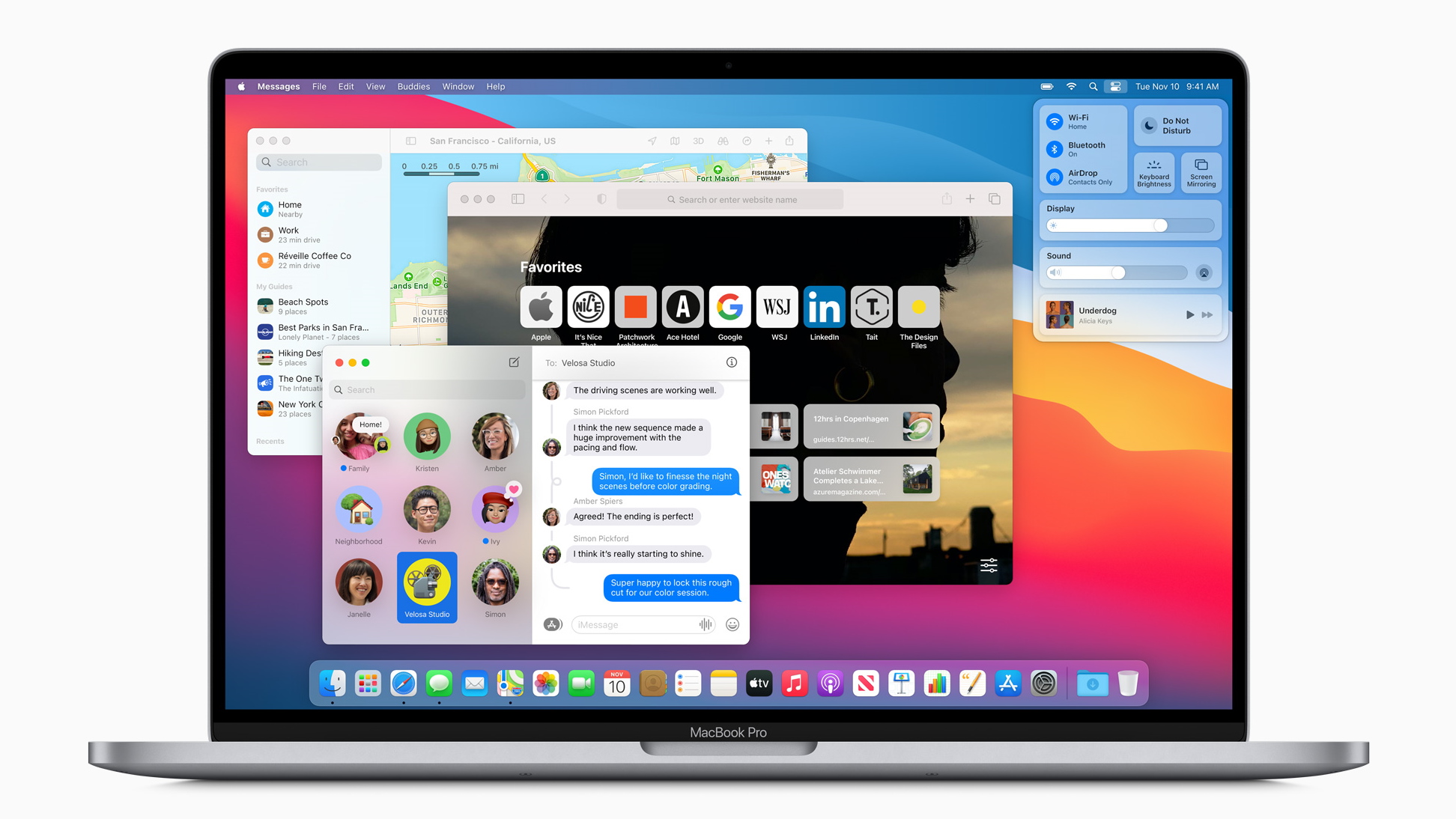
In March 2001, Apple announced a successor to its classic Mac OS that was installed on every Mac released between 1984 and 1999. The basis behind macOS (first called Mac OS X, then OS X) was the NeXTSTEP platform, which Steve Jobs brought from NeXT following his 1997 return to the company he co-founded.
Through 16 versions, macOS always included a '10' in its official title. For example, Mac OS X 10.0 was the first macOS version, followed by Mac OS X 10.1. It wasn't until 2020 when Apple moved to a new number, indicating just how big a chance this new macOS version was. The current macOS Big Sur is considered macOS 11.x.
Here's a highlight of each macOS version going back to 2001 and why each version was important.
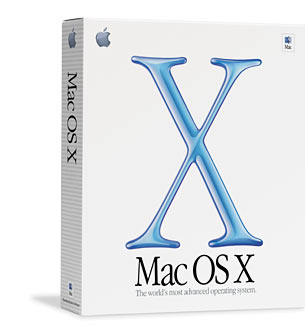
Mac OS X 10.0 (Cheetah)
Released on March 24, 2001, for $129, Cheetah was noted for being an incomplete solution with few apps available from third-party developers.
Despite the Cheetah launch, many Mac users decided to stick with Mac OS 9, the final version of the classic Mac operating system.
The first nine versions of macOS were named after cats, starting with Cheetah in 2001. Since 2013 with OS X 10.9 Mavericks, new macOS versions have been named after locations in California.
Highlights: The first version of macOS was the one that introduced the iconic Mac dock and Terminal tool. Prior to this, Mac OS was one of the few operating systems that didn't have a command-line interface.
Sign up for breaking news, reviews, opinion, top tech deals, and more.
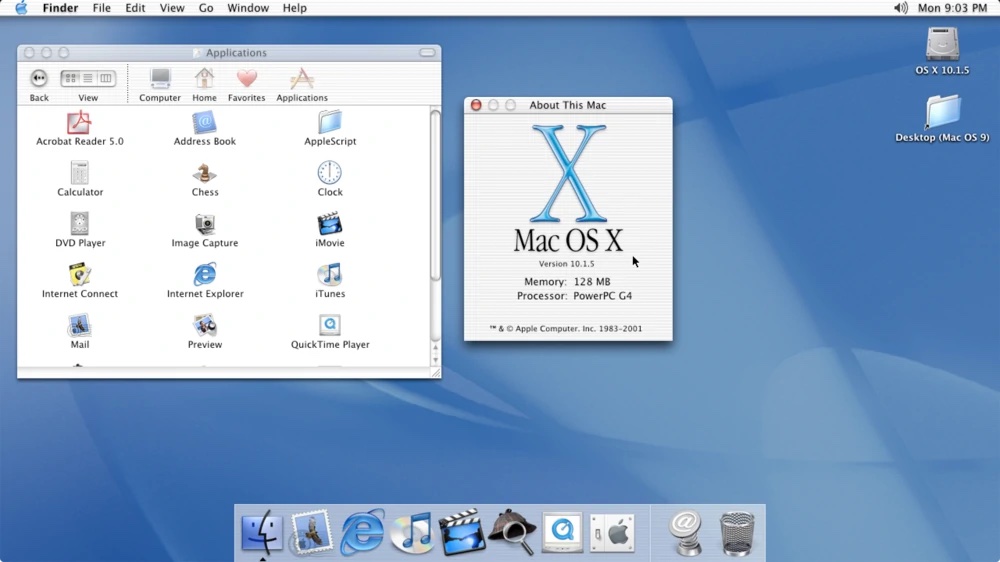
Mac OS X 10.1 (Puma)
Just six months after it introduced Cheetah, Apple announced the second version of macOS. Codenamed Puma, OS X 10.1 offered performance enhancements, improved AppleScript, DVD playback support, and more.
Also priced at $129, Puma was nevertheless free to Cheetah owners. In January 2002, Apple announced the inevitable: Mac OS X would become the default operating system for all Mac products, replacing Mac OS 9.
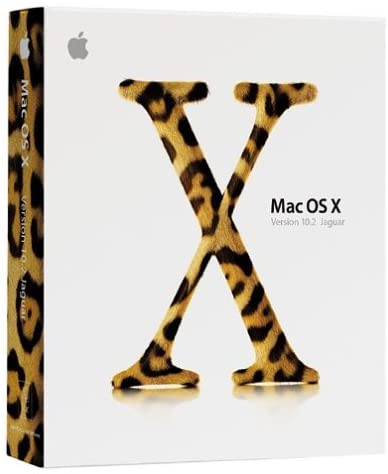
Mac OS X 10.2 (Jaguar)
Announced 11 months after Puma, Mac OS X Jaguar (a $129 paid upgrade) arrived on the scene in August 2002. The third version of macOS was the first to use the code name in its advertising. The update offered MPEG-3 support in QuickTime and added an Address book. Search features were also added to the Mac Finder.
Mac OS X Jaguar was Apple's first operating system in 18 years not to feature the Happy Mac at startup.
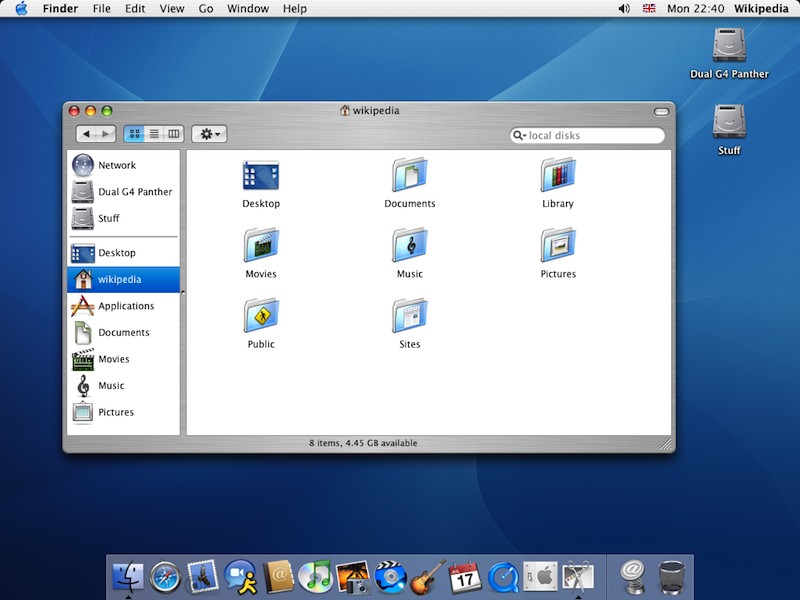
Mac OS X 10.3 (Panther)
In 2003, Apple announced Mac OS 10.3 Panther. With improved performance and extensive updates to the user interface, Panther was packed full of new features. These included fast-user switching, Expose, FileVault, Font Book, Safari, iChat, improved PDF rendering, and more.
Like previous versions, Panther was $129 for a single license.

Mac OS X 10.4 (Tiger)
Apple didn't release a new version of Mac OS X again until Tiger arrived on April 29, 2005. With more than 200 new features, the Mac OS X 10.4 update offered Spotlight, Dashboard and Smart Folders for the first time. It also included significant updates to QuickTime, Safari, Automator, and others.
Tiger was the first Mac OS X version offered for the then all-new Intel-based Macs. That version, however, didn't include Classic Mac for the first time.
Cupertino once again charged $129 for the update.

Mac OS X 10.5 (Leopard)
The $129 Mac OS X 10.5 Leopard was announced 17 months after Tiger. Called "the largest update of Mac OS X" to date, Leopard introduced 300 new features for both PowerPC and Intel-based Macs.
New features included Time Machine, Spaces, and Boot Camp pre-installed. Mail and iChat also received significant updates.
Leopard was the first macOS version not to include or support Classic Mac and the last to work on PowerPCs.

Mac OS X 10.6 (Snow Leopard)
The first macOS version to concentrate on 'under the hood' changes, Mac OS X 10.6 Snow Leopard launched in 2009. It featured faster Time Machine backups and a more responsive Finder. Version 10.6.6 was the first to support the Mac App Store.
For the first time, Apple dropped the price of a macOS version. Snow Leopard was $29 for a single license.
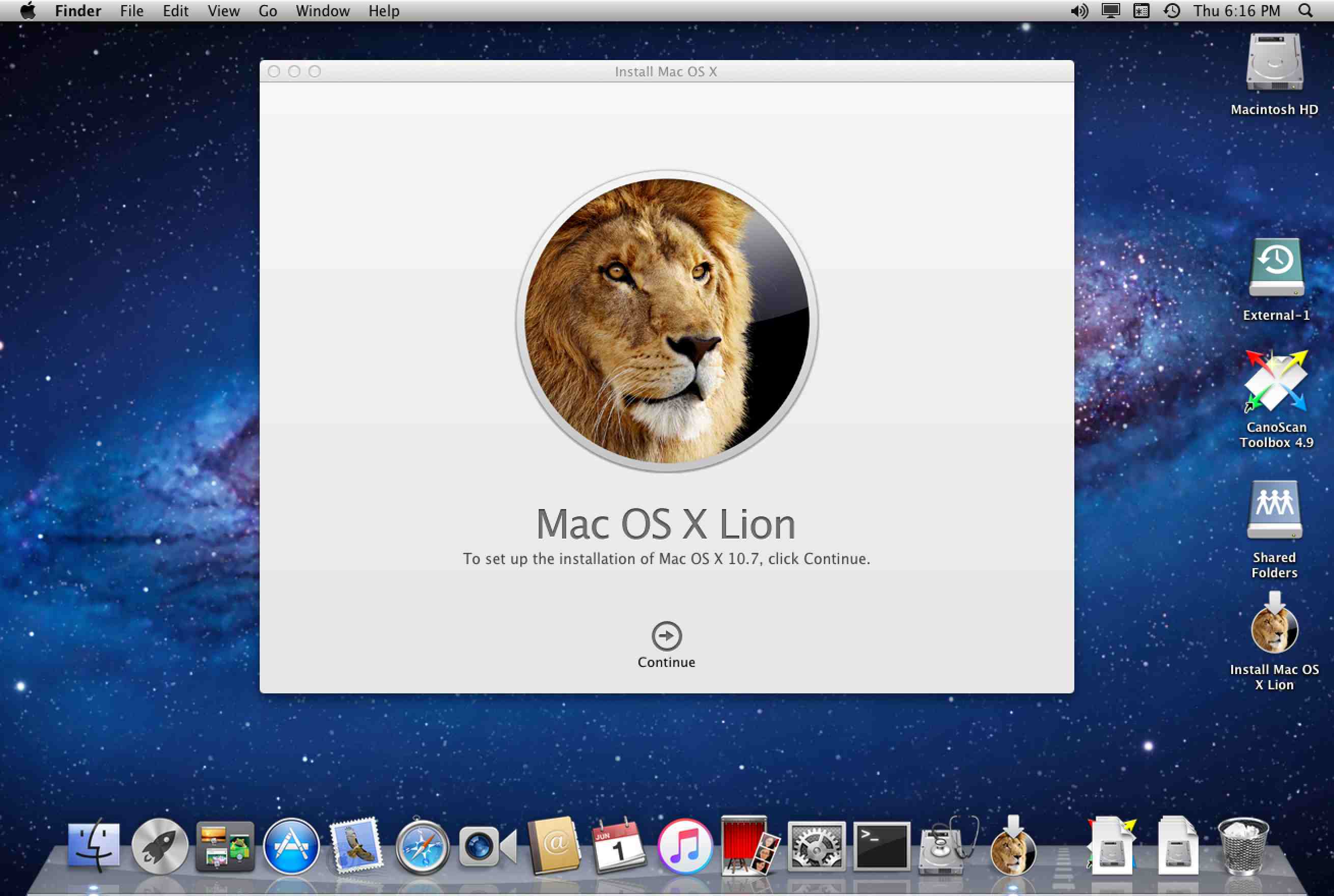
Mac OS X 10.7 (Lion)
It was July 2011 when Apple announced Mac OS X 10.7 Lion. It added greater use of multi-touch gestures and introduced LaunchPad. The new Mission Control unified Exposé, Spaces, and Dashboard.
The $30 Lion update would be the final "Mac" OS X version.
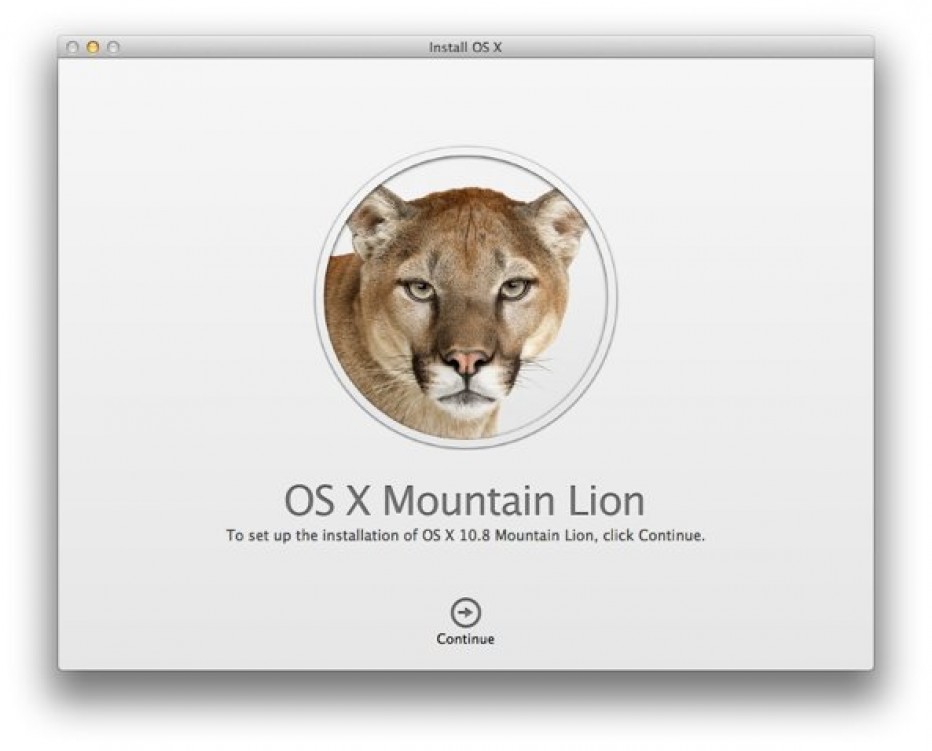
Mac OS X 10.8 (Mountain Lion)
OS X 10.8 Mountain Lion launched in July 2012. From this point on, Apple would release a new version of macOS every year, rather than what had become a two-year cycle. The update brought some of the features first introduced on iPhone with iOS 5, including Game Center, iMessage, and Reminders.
Mountain Lion was the first macOS version to get distributed via the Mac App Store and the final one that required paying a fee ($20). It was also the final 'cats' version.
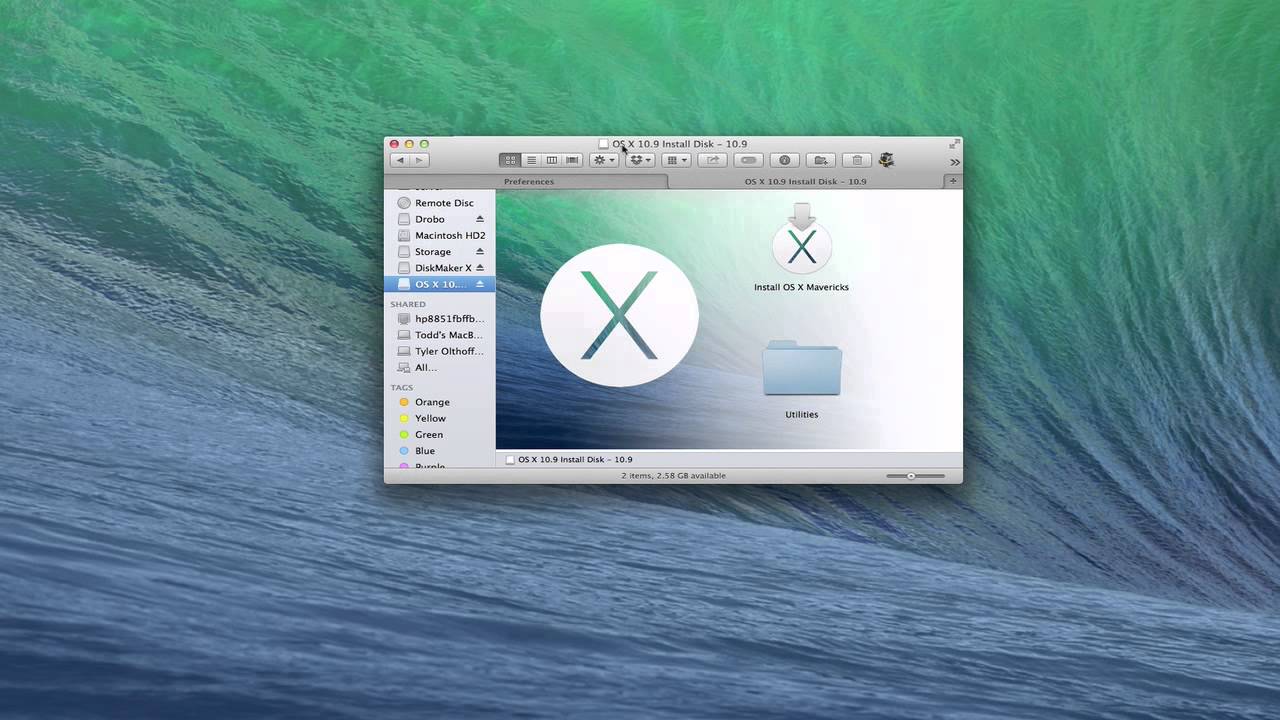
OS X 10.9 Mavericks
Apple announced the first macOS version with a name based on a Californian location in October 2013. OS X 10.9 Mavericks was a free upgrade for anyone using Snow Leopard or later with a 64-bit Intel processor.
Mavericks brought Maps and iBooks (now Books) to Mac for the first time and featured improvements to Notification Center.
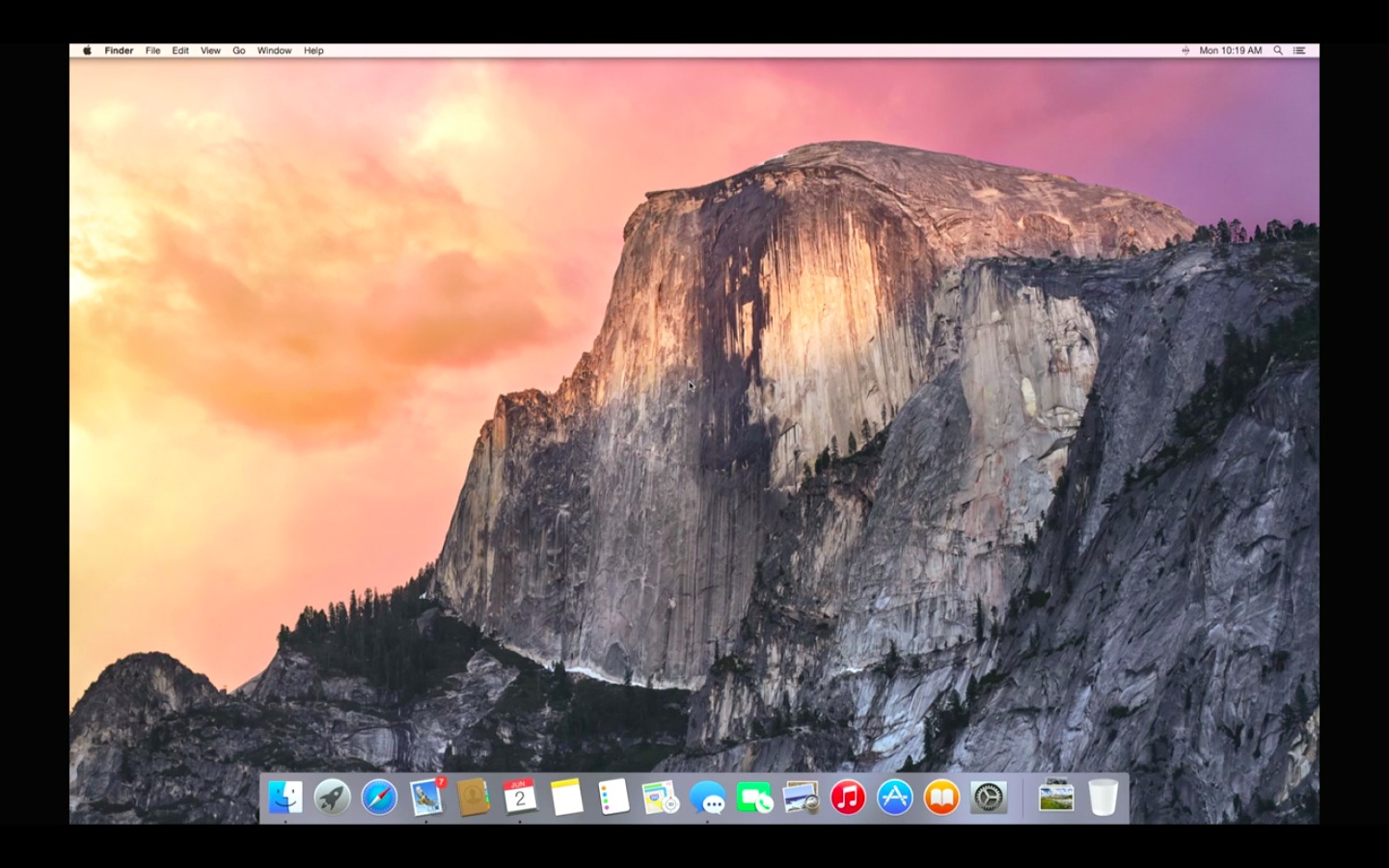
OS X 10.10 Yosemite
In October 2014, OS X 10.10 Yosemite launched. The update featured a more minimal, text-based flat design. The update replaced iPhoto and Aperture with the Photos app, while Handoff debuted.
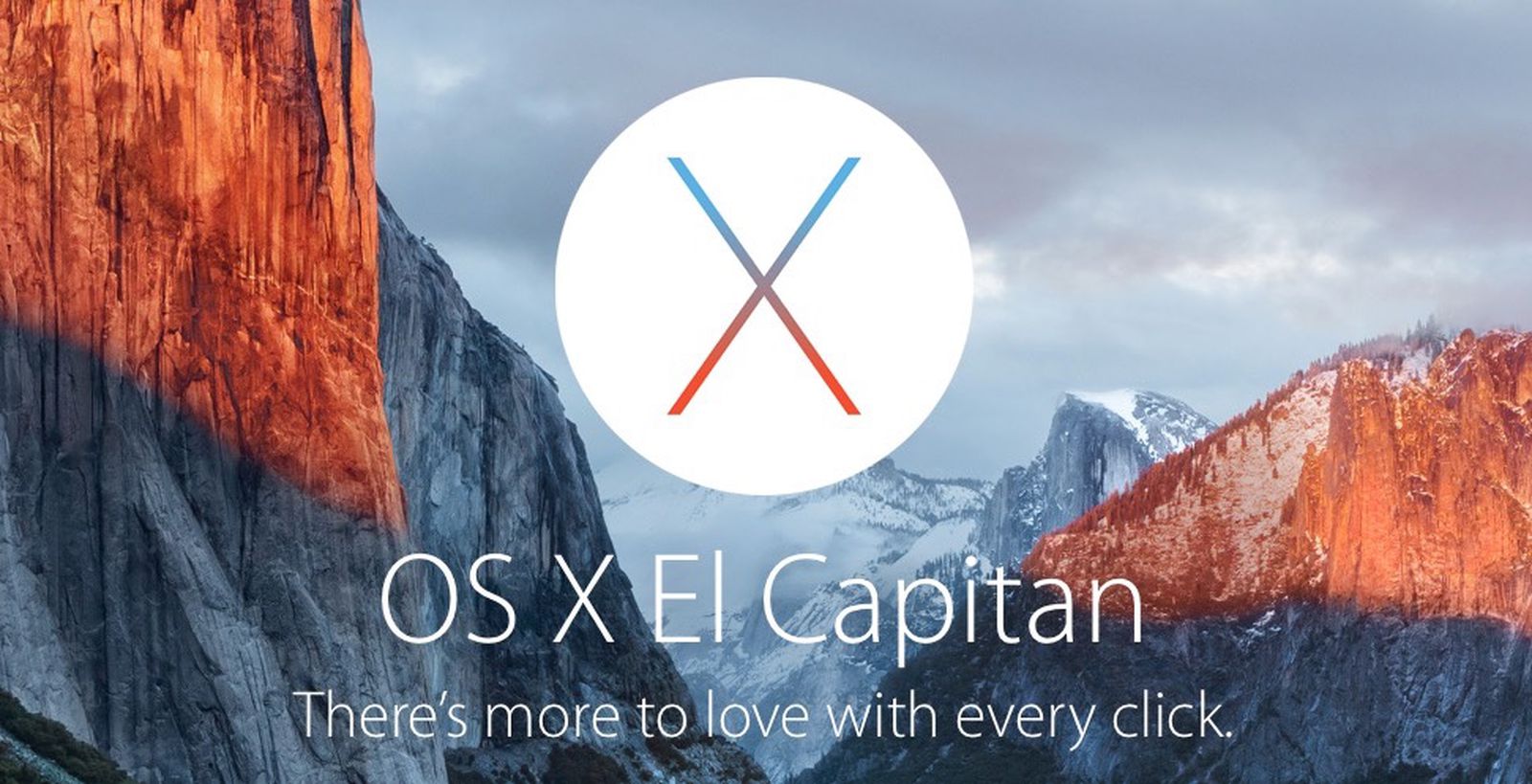
OS X 10.11 El Capitan
Launched in September 2015, OS X 10.11 El Capitan was the final 'OS X' version. It largely improved the system performance with few changes happening on the outside.
El Capitan arrived with Metal API, which resulted in faster graphics performance and offered updates to the Notes app. It was also the first macOS version to offer editing extensions in the Photos app.

macOS 10.12 Sierra
The first official macOS version, macOS 10.12 Sierra, launched in September 2016. It featured the introduction of Siri on Mac for the first time and also included optimized storage and updates to the Photos, Messages, and iTunes app.
Sierra is the first macOS version to support the Apple File System.
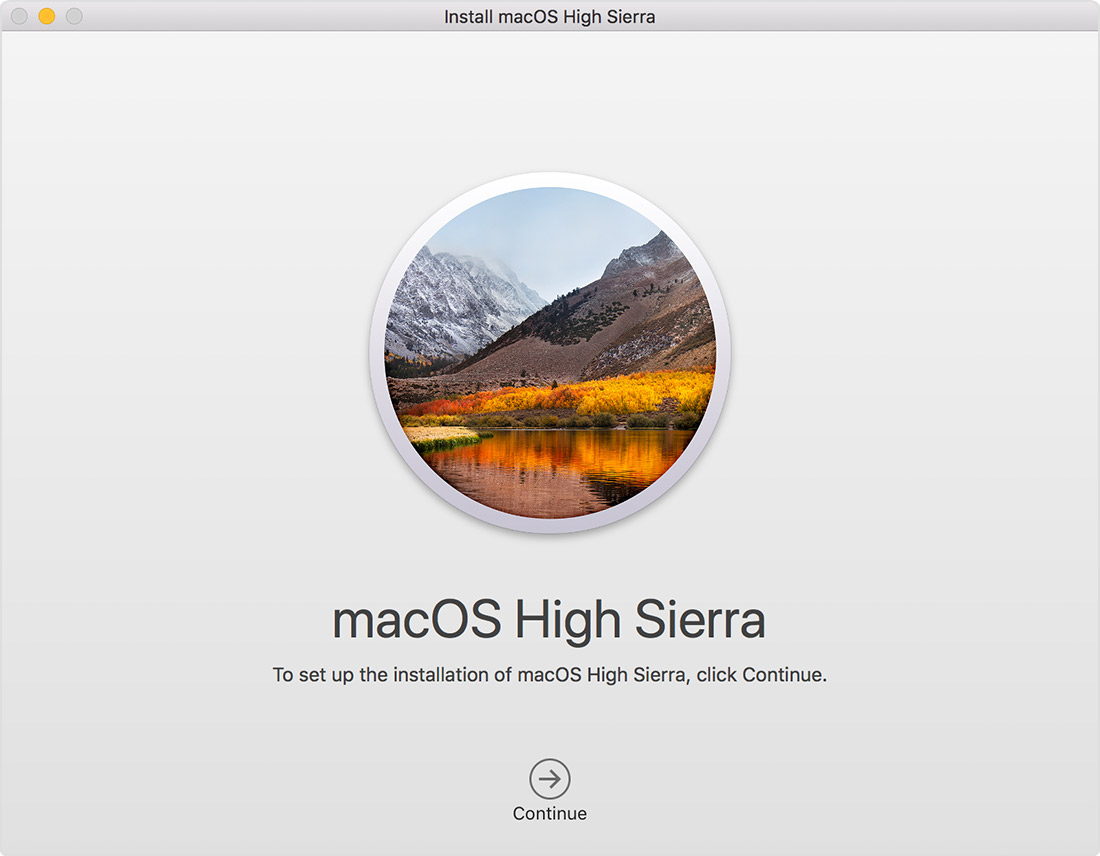
macOS 10.13 High Sierra
Introduced in September 2017, macOS 10.13 High Sierra brought new updates to the Photos and Safari apps. However, most of the changes happened underneath, including performance improvements and technical updates.

macOS 10.14 Mojave
Apple's macOS 10.14 Mojave (2017) welcomed apps once exclusive to iOS, including Apple News, Voice Memos, and Home. Additionally, Mojave was the first macOS version with a more comprehensive dark mode.
The update also saw the removal of integration with Facebook, Twitter, Vimeo, and Flickr. Mojave was also the final macOS version to support 32-bit app software.
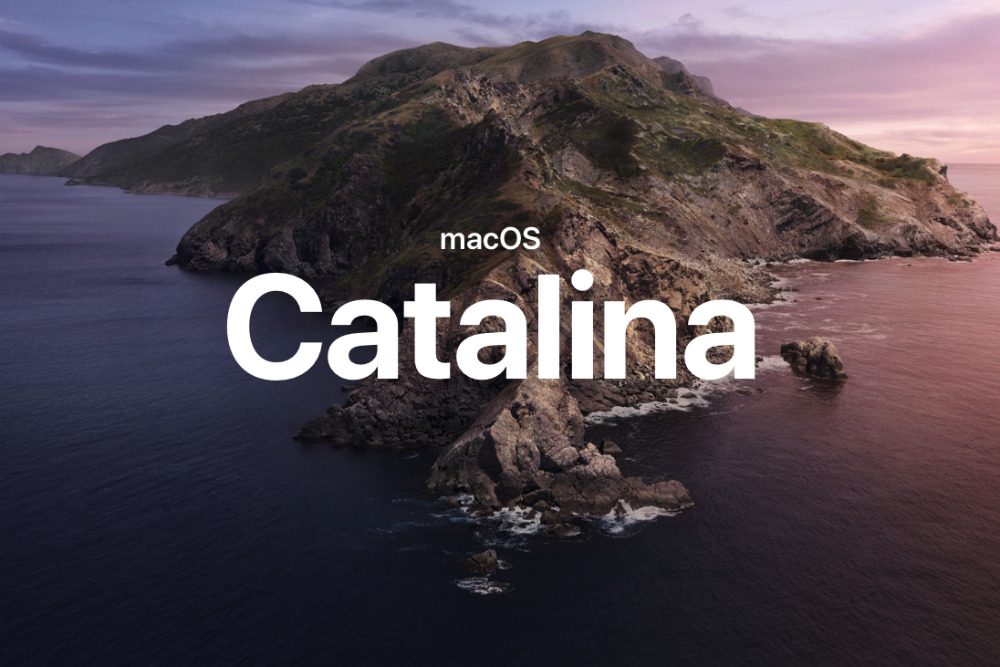
macOS 10.15 Catalina
The predecessor to macOS Big Sur, macOS 10.15 Catalina officially arrived in October 2019. The update was the first to include Activation Lock and last macOS 10.x version released.
Catalina is noted for being the first Mac update to bring Catalyst online so that developers could write apps that could run on both macOS and iPadOS. Sidecar was also new, allowing a Mac to use an iPad as a wireless external display.
In one of the biggest changes in the history of macOS, Catalina removed the iTunes app. In its place, you now find three separate apps, music, Podcasts, and TV.

macOS 11 Big Sur
The latest macOS version ushered in a new era for Mac when it arrived in November 2020. Featuring a new user interface with new icons, Big Sur brings perhaps the most changes to Mac in a generation.
With a slick new Control Center and Notification Center, Big Sur is the first to support Apple silicon, and a long with it, support for iOS and iPadOS apps.
Updated apps include Safari, Messages, Notes, Photos, and more.
macOS 12 ???
The next version of macOS is expected to be announced in June 2021 with a fall 2021 public release date. Stay tuned.
- macOS 11 Big Sur: release date, name and features

Bryan M. Wolfe is a staff writer at TechRadar, iMore, and wherever Future can use him. Though his passion is Apple-based products, he doesn't have a problem using Windows and Android. Bryan's a single father of a 15-year-old daughter and a puppy, Isabelle. Thanks for reading!